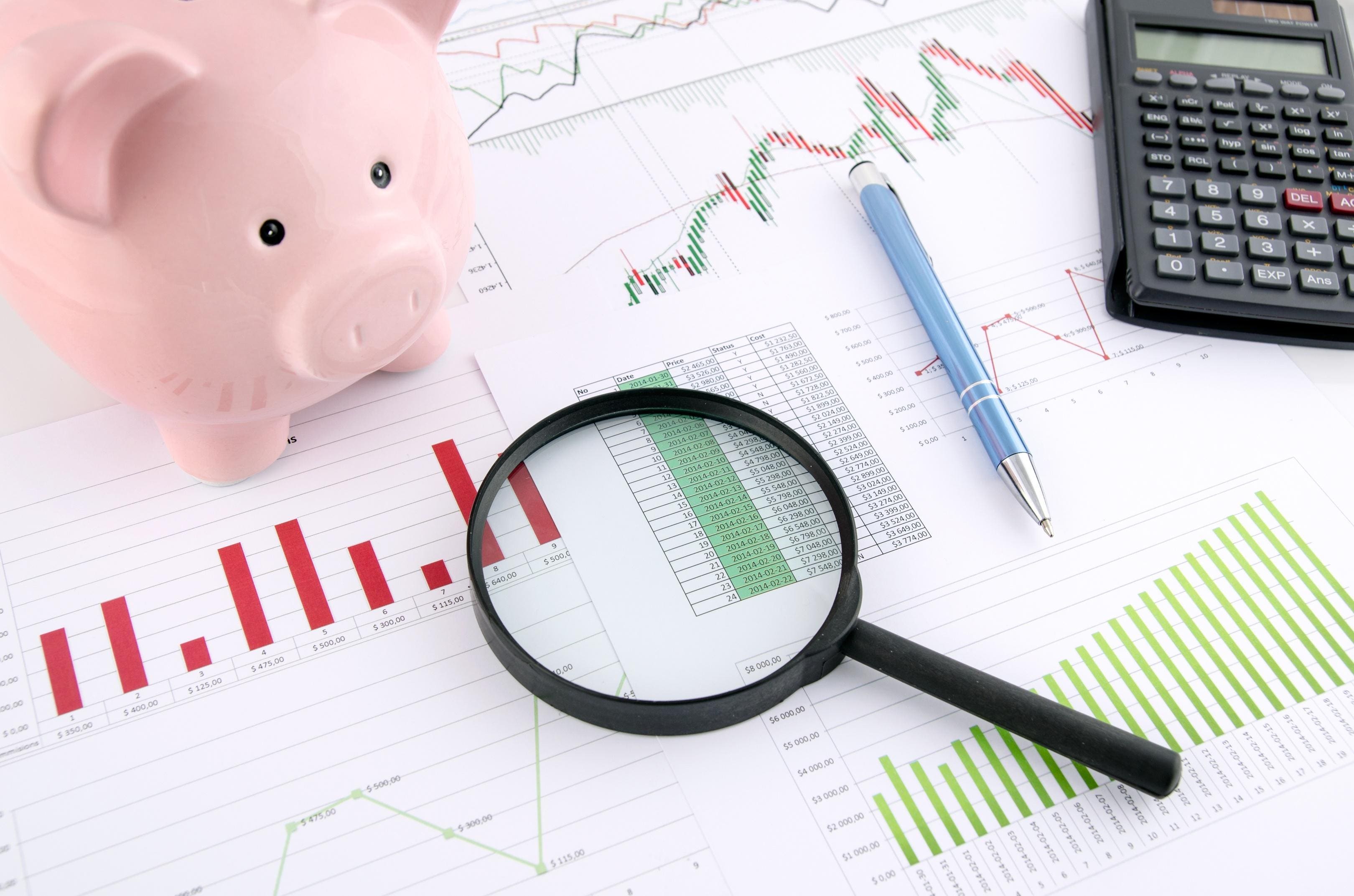What Should Pre-Retirees And Retirees Do About The 2022-2023 Stock Market Whipsaw?

Retiree investors shouldn’t get too excited about the 2022-2023 stock market whipsaw.
getty
The S&P 500 gained 26.29% during 2023 when you include the return from dividends. This 2023 return more than offset the 18.11% loss during 2022.
With numbers like that, pre-retirees and retirees may feel like they’re being whipsawed by the stock market. If you’re retired, should the 2023 return be a cause to celebrate and spend more money? If you’re soon-to-be retired, should this be a reason to accelerate your retirement?
Maybe not. When investing during retirement to generate retirement income, you’re better off developing strategies that don’t focus on just a few years of returns, whether those are positive or negative. Instead, consider investing in retirement as if you were navigating a long journey; you want a steady hand on the rudder that doesn’t panic during storms. Such a strategy would prevent you from experiencing life-changing losses.
Equally important is not getting overconfident during any years of positive returns and increasing your spending too much. To maintain both these perspectives, it helps to have a historical perspective.
Most of the time, but not always, the stock market has earned positive returns
Figure 1 in the chart below shows the annual return in the S&P 500 since 1926, including the return from dividends. This chart provides a picture of the following conclusion: Most of the time, but not always, you’ll earn more money by remaining invested in the stock market.
MORE FOR YOU
The numbers confirm the stock market “double-double” advantage:
- There are far more years of positive returns than negative returns—the score is 72 positive years to 26 negative years.
- The arithmetic average gain in positive years is much more than the average loss in negative years. The score is an average positive return of 21.3%, compared to an average negative loss of 13.4%.
The chart also shows that if you decide to invest in the stock market during your retirement, you should be prepared for some years of negative returns. Historically, however, if you were patient and stayed invested, the market eventually bounced back and you most likely would have experienced a net gain.
For example, the S&P 500 eked out a small net gain when considering its performance in both 2022 and 2023. And with significant gains in the years immediately preceding 2022’s loss, investors were still ahead by the end of 2022. With the gains in 2023, investors are even farther ahead.
The key is to have a strategy that keeps you invested during downturns while not overspending during upturns, which we’ll discuss next.
Prevent panicking during market crashes and overspending during upturns
Most people—professionals and amateurs alike—don’t have a reliable crystal ball that warns them when the stock market will drop or alerts them when the market is about to take off. Once that realization sinks in, you might conclude that it’s a good idea to invest in the stock market to earn more over the long term and have a strategy to ride out the ups and downs.
Here are two strategies to help pre-retirees and retirees ride out the downturns that are supported by research I’ve conducted at the Stanford Center on Longevity:
- Have enough regular retirement income that won’t go down if the stock market crashes. How much is “enough”? An amount that prevents you from panicking and selling your investments when the stock market is dropping. One possibility is to cover most—if not all—of your “must have” living expenses with protected sources of retirement income. Examples of such protected income include Social Security, pensions, income annuities, interest income from bonds, and cash flow from a bond ladder. Another possible source of protected income could be regular withdrawals from a reverse mortgage.
- For your regular, systematic withdrawals from invested assets, be prepared to reduce your withdrawals when the market is down and not overspend when the market is up. This can help minimize long-term losses due to sequence-of-returns risk—the risk that you withdraw so much during downturns or upturns that you don’t have sufficient assets to bounce back when the market turns up again.
One good method for implementing this second strategy is to determine the annual amount of your withdrawals by applying a percentage to the value of your remaining assets at the beginning of each year. The IRS required minimum distribution is an example of one method that research shows has worked well in the past for this purpose. Such a method automatically reduces your withdrawals during downturns and limits withdrawals during upturns.
Consider the 2022-2023 whipsaw to be a test of your investment and retirement income strategies for retirement. You’ll want to “keep calm and carry on.” This was good advice for the British during World War II, and it’s good advice for retired investors today.

Comments are closed.